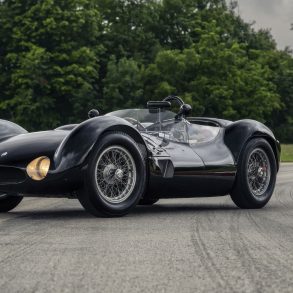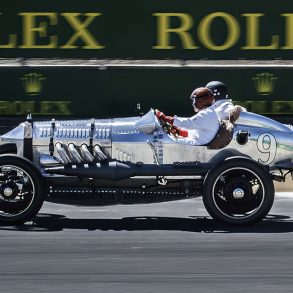By Kristina Cilia and Rex McAfee
Pebble… glorious Pebble! How does one convey its significance in the collector car community? We start with the obvious; the world’s finest and most historic automobiles judged and displayed on the 18th fairway of the Pebble Beach Golf Links. With a backdrop of Carmel Bay, even the most demanding “connaisseur de voitures” has little to fuss about. But it’s much more than just an event.
It’s a tradition whose legacy wasn’t bought but distilled from more than seven decades of pursuing excellence. What started as an “adjunct” in 1950 to sports cars racing through the nearby Del Monte Forest now firmly represents the cornerstone of Monterey Car Week, the world’s most respected collection of events celebrating the automobile.




We arrived early to watch the cars being driven onto the field, then detailed by caretakers before the judges arrived. Strolling along the manicured fairway, it’s a sight to behold; beautiful pieces of transportation are carefully arranged in one fantastic location. Like kids in a candy store, we attempt to capture the elegance and art of these automobiles that are judiciously chosen to appear in this annual outdoor competition.
As dawn dissolves into daylight, crowds of spectators, armed with smartphones and digital cameras, carefully record the affair’s ambiance to commemorate all the details, including a squadron of pelicans flying nearby over the water. This is Pebble, an experience unique all unto itself.




For the 71st Concours d’Elegance, let the numbers speak for themselves; over 200 cars traveling from 21 countries, judged by many of the world’s top authorities on the automobile. Ferraris are primarily judged by historians of the fabled Italian marque, whereas other marques have specialized critiques too. When a “featured class” (one that doesn’t repeat annually) is created like this year’s 1932 Ford Historic Hot Rods, luminaries in that field are solicited.
Knowing the “correct” brightness of chrome plating or gloss depth on exterior paint is just the tip of the iceberg for what these judges must understand for the class they are scoring.
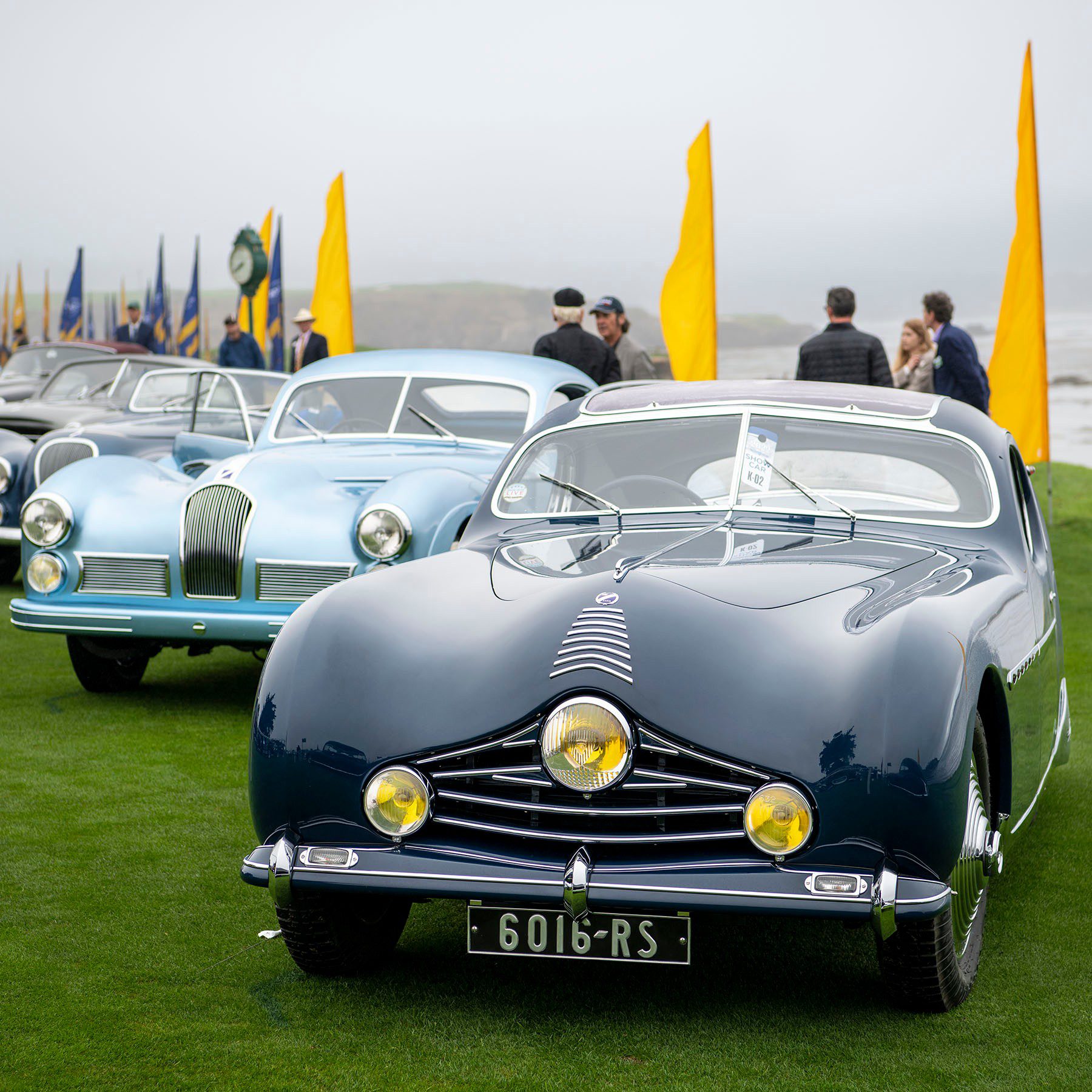



This year’s big news is that the Pebble Beach Concours d’Elegance officially started the centennial anniversary of the 24 Hours of Le Mans, the world’s most grueling and prestigious endurance race. What could be more appropriate than to create two feature classes, 24 Hours of Le Mans Centennial “Early” and “Late,” to showcase these road racing legends?
The Early class started with the 1929 Bentley Speed Six known as “Old Number 1”, a two-time Le Mans winner driven by Woolf Barnato and Tim Birkin in 1929 and by Birkin and Glen Kidston in 1930. On the far end of the “Early” class was the 1962 Ferrari 250 GT0 of David MacNeil, which finished fourth overall in the 1963 Le Mans 24. It also won this year’s “Early” Le Mans class.
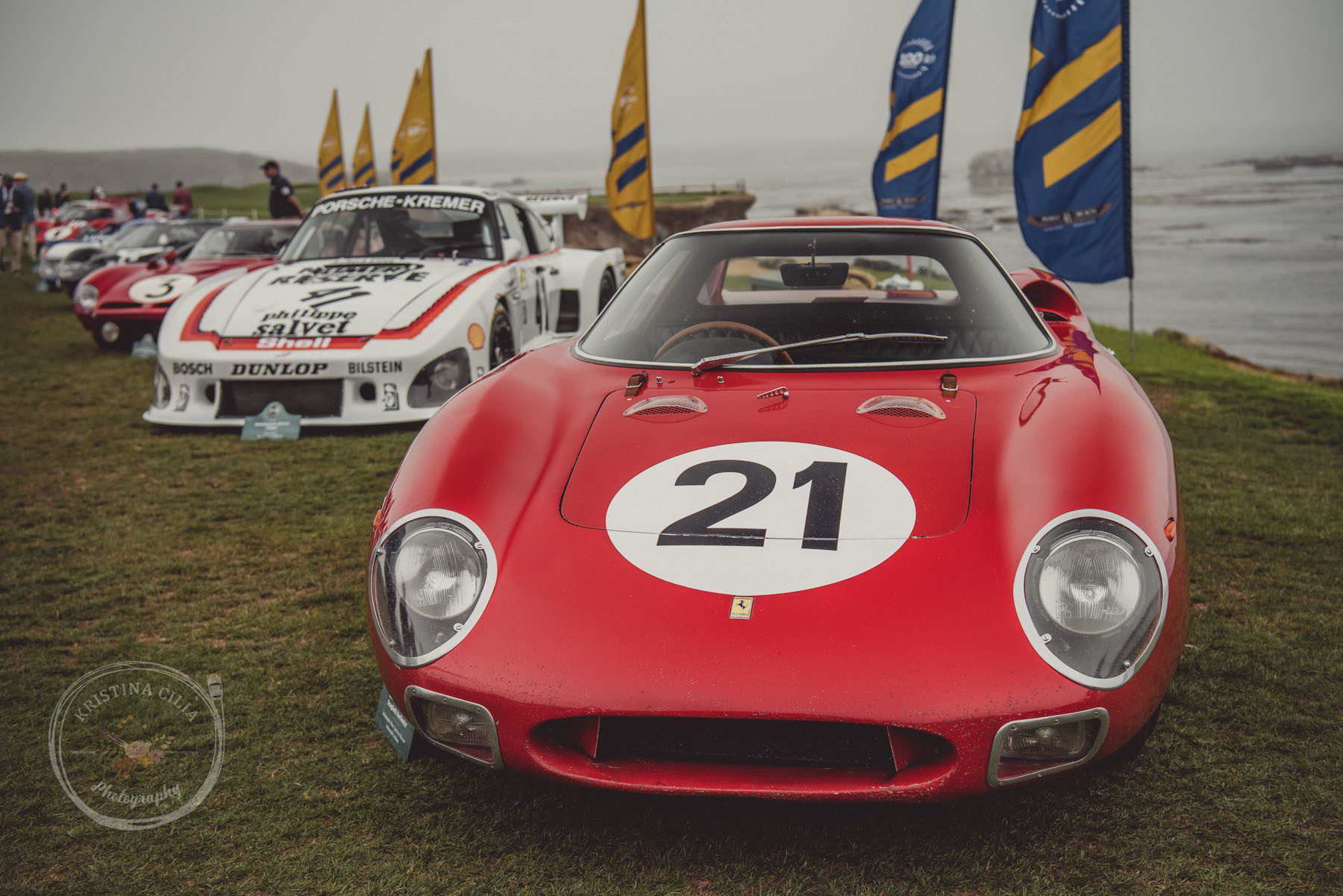



The 24 Hours of Le Mans Centennial Late class featured a 1964 Ferrari 250 LM Scaglietti coupe that, in 1965, became Ferrari’s last overall winner of the 24-hour spectacle (I know that doesn’t sound correct, but it has been over half a century since the Prancing Horse took top honors). Also in the Late class was the 1979 Porsche 935 K3 of Bruce Meyer, which earned the overall win at Le Mans in 1979.
Porsche enthusiasts will remember this is the car that Don Whittington was driving when the belt that drove its fuel injection pump broke. Far from the pits, it’s rumored he was able to swap in the alternator belt, which allowed him to limp the car back to the pits, where a proper repair was made. And for the icing on the cake, it won this year’s Le Mans Centennial Late class.



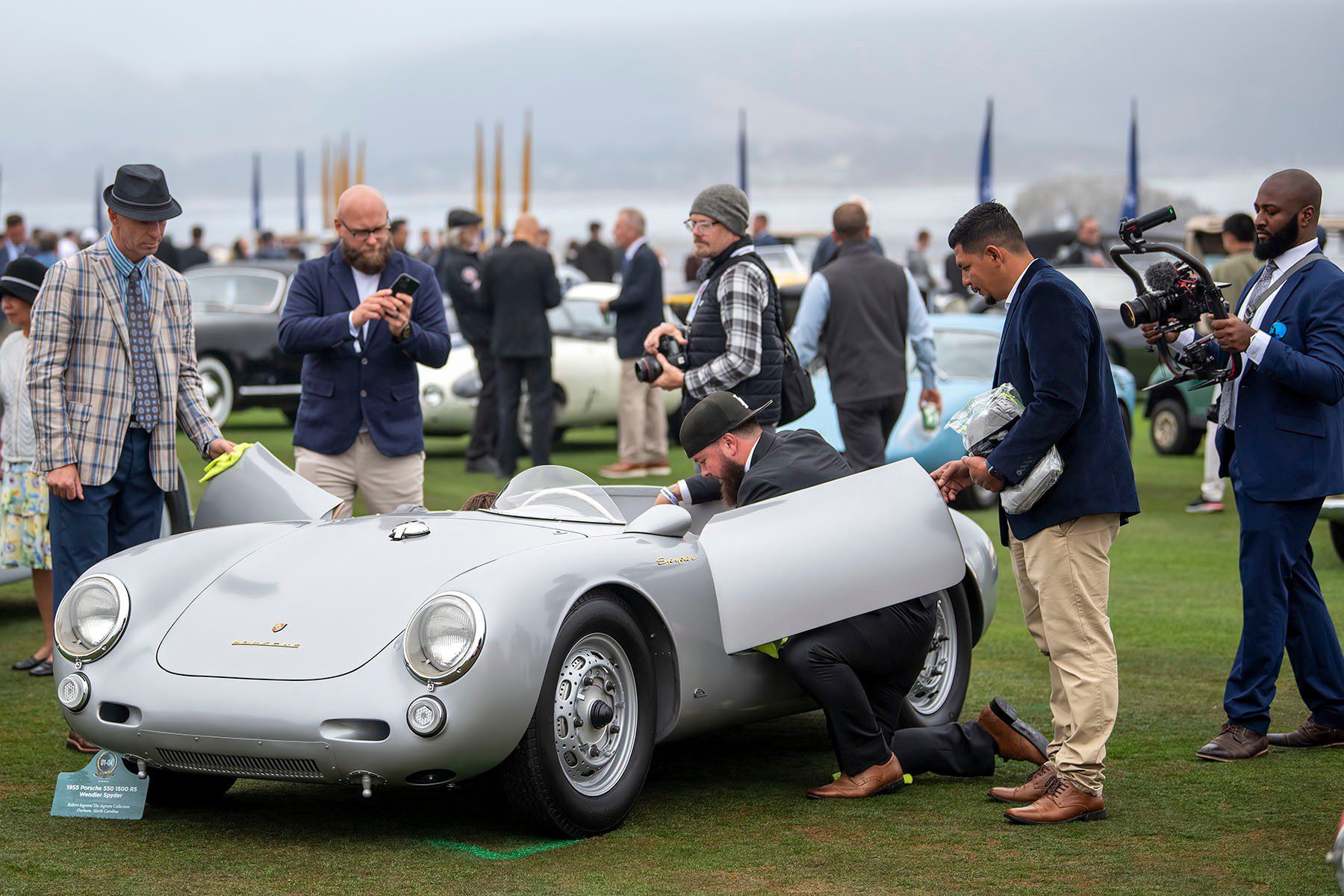
Many other featured classes were part of the 2022 Pebble Beach Concours d’Elegance, including the centennial of Lincoln. Its story began in 1917, building aircraft engines, and was later purchased by Ford in 1922. The brand made a reputation for luxury with its Zephyr and Continental models. The Lincoln V-8 class was won by the 1928 Lincoln L Holbrook Fully Collapsible Cabriolet of Bill & Dee Kuettel.
Top honors in the Lincoln V-12 class went to the 1932 Lincoln KB Murphy Dual Cowl Phaeton of Beth & Ross Myers. Finally, the Lincoln Zephyr and Continental through 1962 class was won by the 1956 Continental Mark II Hardtop Coupe of Leon Flagg & Curtis Lamon.

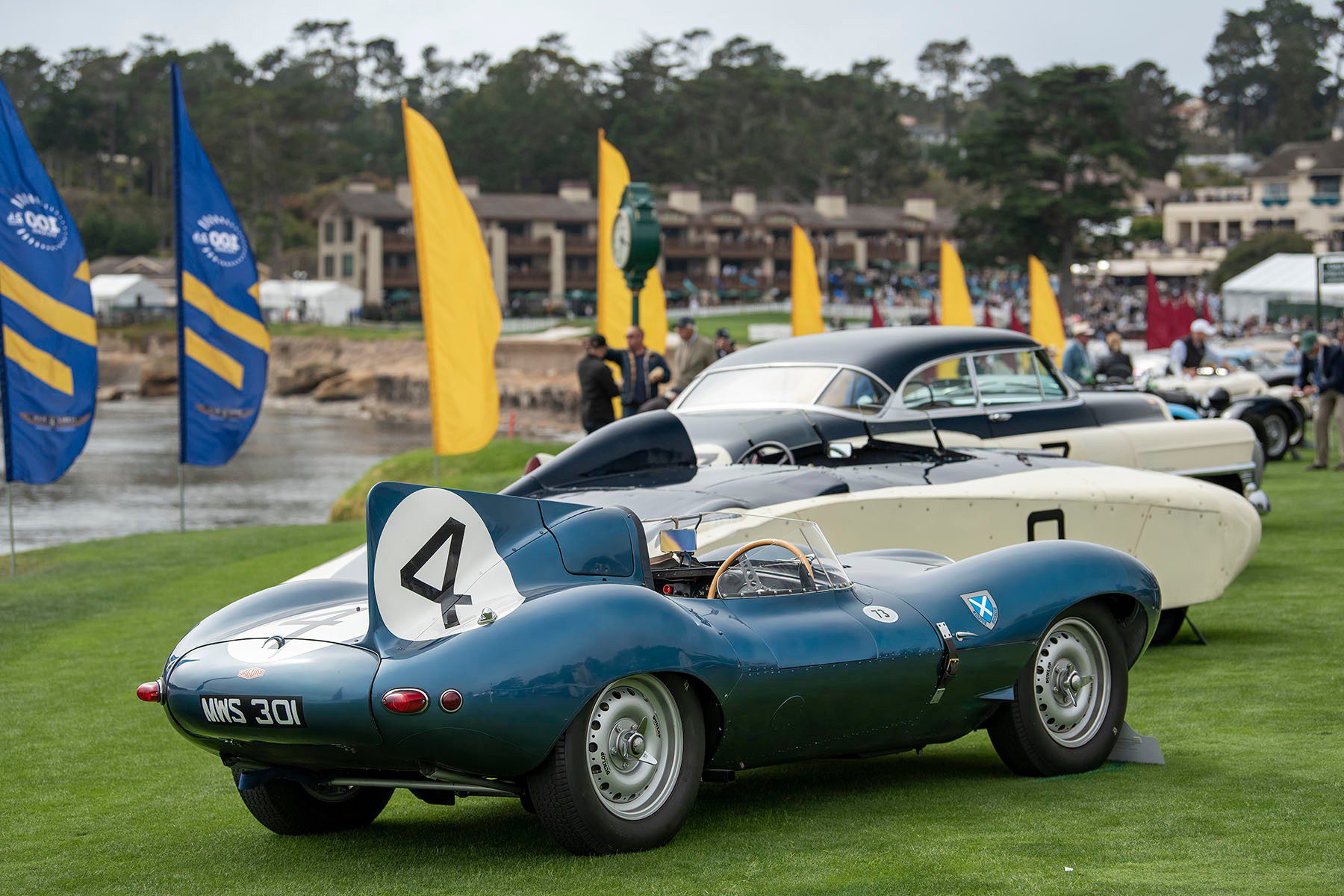


You would have loved the featured class Talbot-Lago Grand Sport if you have a soft spot for French elegance. Under the direction of Anthony Lago, the T26 Grand Sport chassis debuted in 1947 with a total production number of 32 chassis. Today, only 28 are known to survive and feature the teardrop body from French coachbuilder Figoni et Falaschi.
The 1951 Talbot-Lago T26 Grand Sport Stabilimenti Farina Cabriolet from the Merle & Peter Mullin Collection took top honors. Looking at this rolling piece of elegance, it’s clear why it won.





Known as the “American Rolls Royce,” the McFarlan marque was also featured this year. Production of the little-known make commenced in 1910 with testing conducted during the 1911 and 1912 Indianapolis 500. Because of their massive size and quality, they attracted celebrities of “all ilk,” including mafia kingpin Al Capone. Due in part to their high cost and a failing U.S. economy, production ended in 1928.
Less than two dozen McFarlans are still known to exist. First place in this class was awarded to the 1923 McFarlan 154 Twin Valve Six Knickerbocker Cabriolet of the Nethercutt Collection in Sylmar, California.

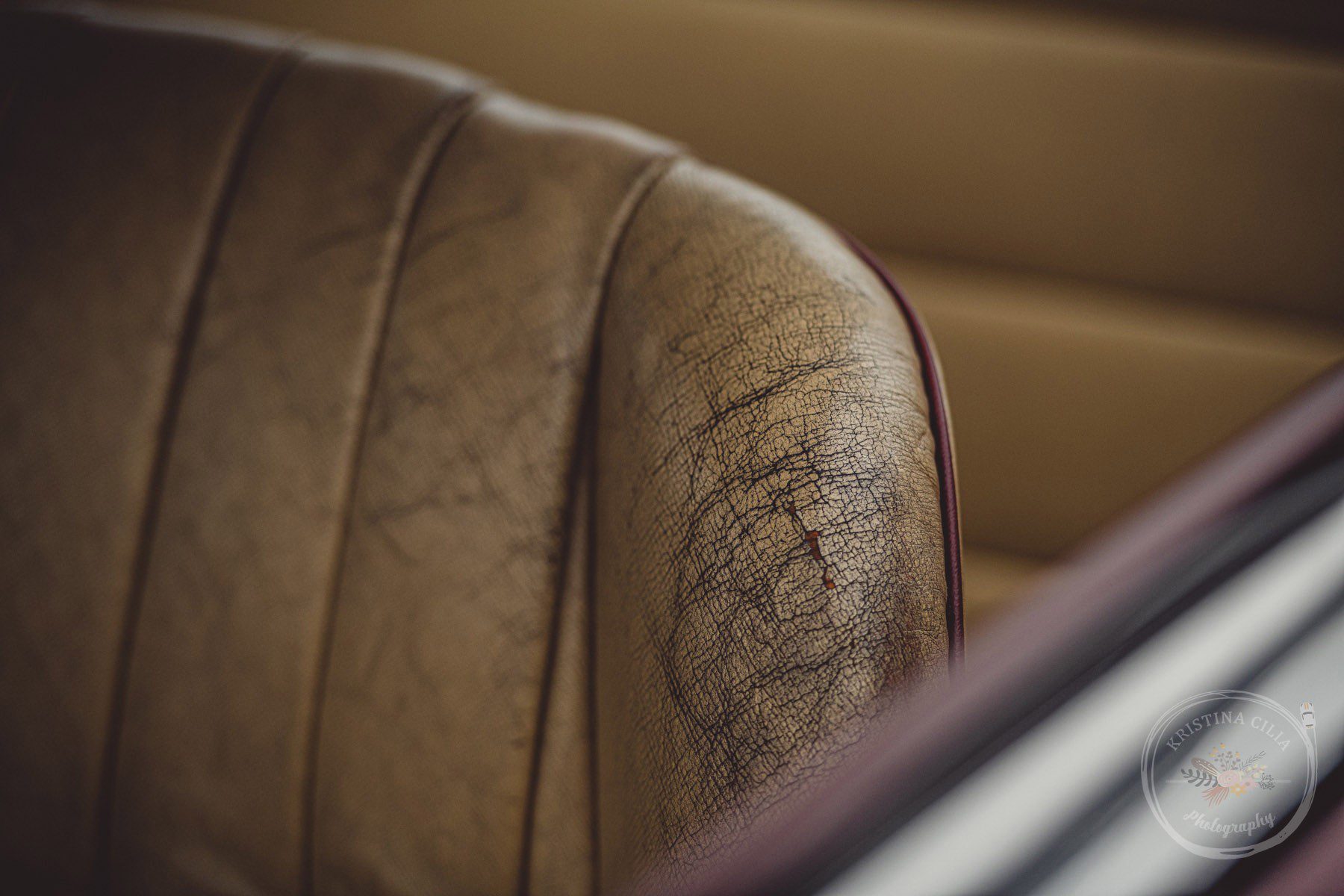
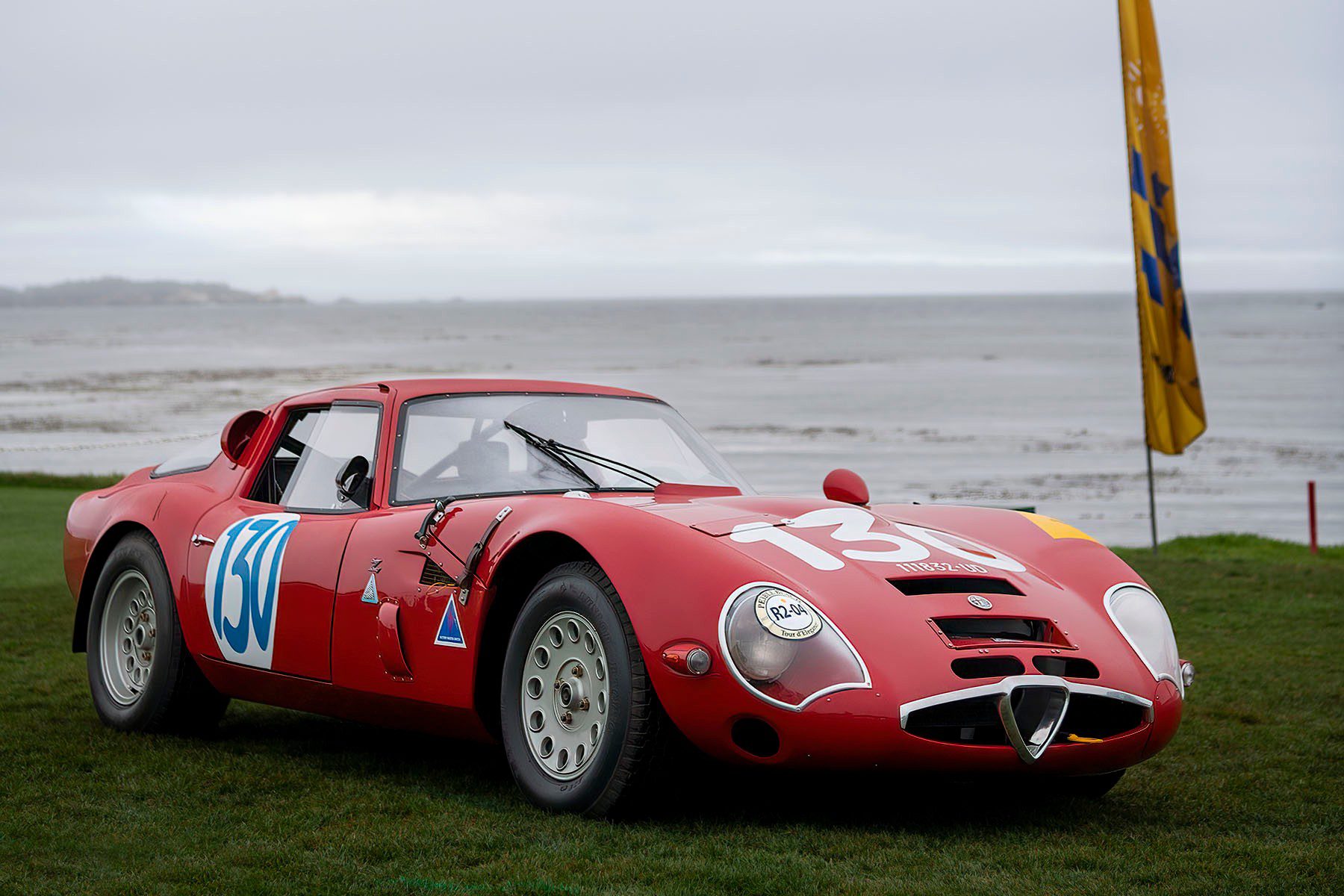
Now I admit to knowing nothing about cars bodied by Swiss Carrosserie Hermann Graber, a featured class for 2022. Hermann Graber was a coachbuilder in Wichtrach, Switzerland, from 1927 to 1970 and built custom-built bodies that were installed on the chassis of various English, European, and US cars for well-heeled customers. His most successful contract was with Alvis in England, to whom he supplied bodies during the 1950s and 1960s.
Two classes were formed for this year’s Graber feature; Graber Coachwork Early and Graber Coachwork Late. The Early class top honors went to the 1930 Duesenberg J Graber Cabriolet of Concours veterans Sam & Emily Mann. The 1953 Bentley Mark VI Graber Drophead Coupé of John Miller won the Late class. When you see the difference in designs, it’s apparent how talented Graber Coachwork was, starting with two different canvases.



If you genuinely want to become a sports car savant, look before WWII to see what automobiles were true pioneers. Case in point the Alfa Romeo 8C 2300. A featured class of 2022, the Alfa Romeo model 8C 2300 not only defined touring car performance but also defined what many consider the quintessential sports car of its era.
Powered by an innovative supercharged “straight 8” engine, its racing variant won the 24 Hours of Le Mans in 1931 (Howe-Birkin); 1932 (Chinetti-Sommer); 1933 (Nuvolari-Sommer), and 1934 (Chinetti-Etancelin). First in class was awarded to the 1933 Alfa Romeo 8C 2300 Monza from the Auriga Collection in Germany.


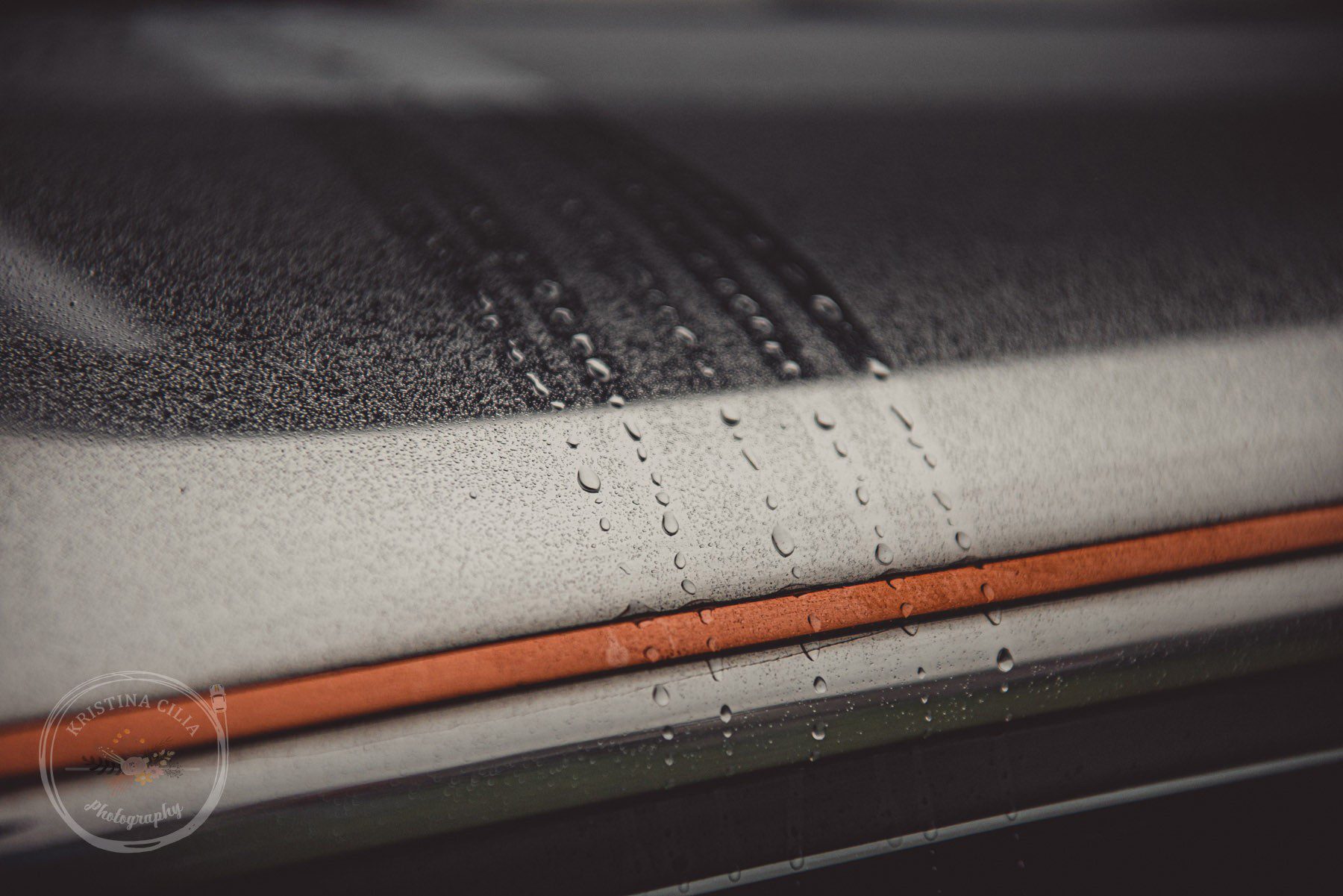
Long dismissed as “real” sports cars, Fiat and Siata have both become recognized for their roles in the evolution of the sports car, especially those models powered by the now famous “8V” Fiat engine. While just 2 liters in displacement, the 70-degree V8 provided plenty of motivation for the Fiat model “8V” and Siata 208.
Italian coachbuilders, including Vignale, Ghia, and Zagato, produced streamlined open and closed bodies that these two models would wear for both street and competition use. Produced in limited quantities, the Fiat 8V and Siata 208 are now highly collectible and demand lofty prices. Earning first in the “Otto Vu” class was the 1953 Siata 208CS Balbo Coupe of Larry and Jane Solomon.
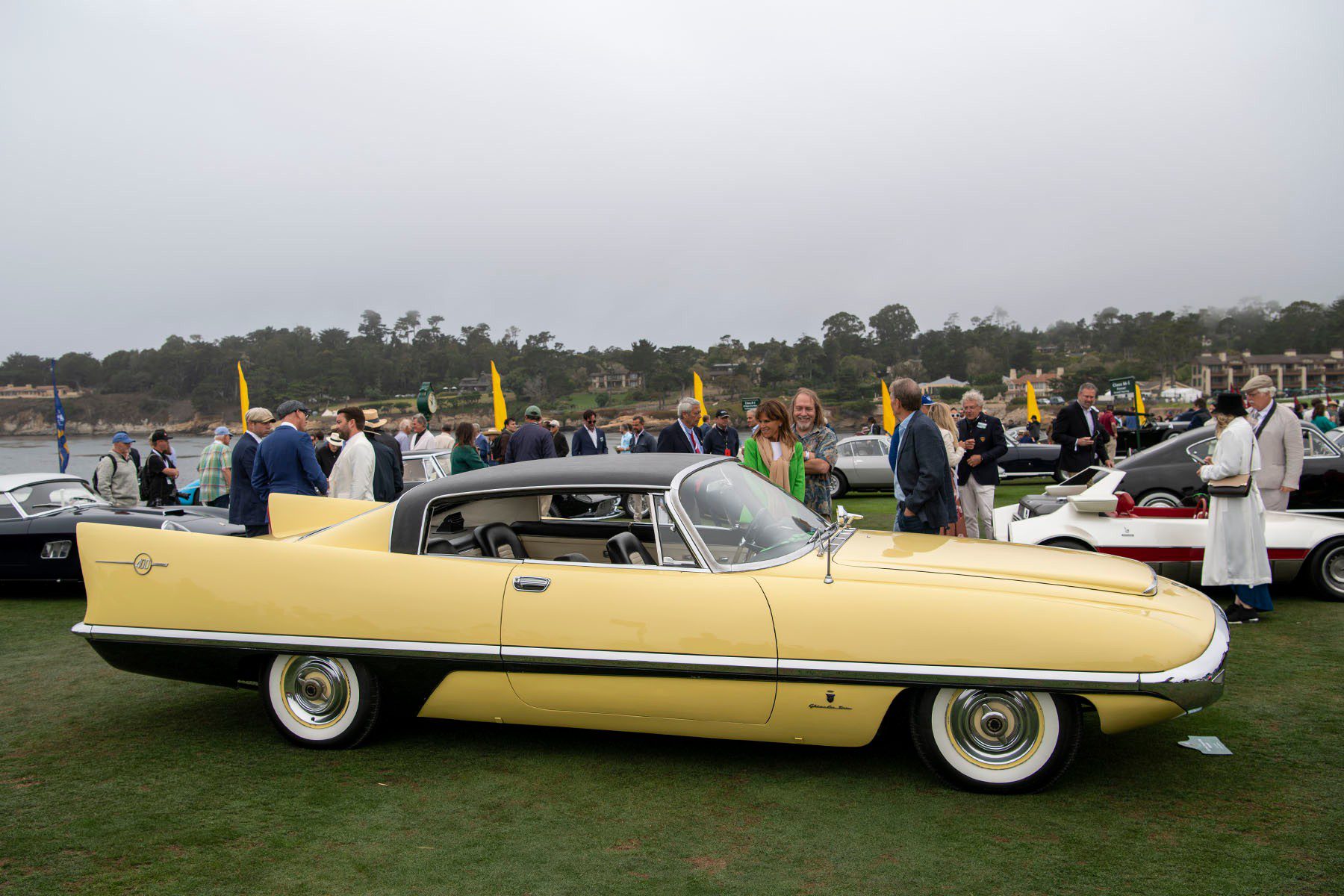


For some Pebble Beach enthusiasts who focus on elegance, featuring a “Hot Rods” class back in 1997 was a step in the wrong direction. However, many patrons thought it was a refreshing change of pace, so hot rods were featured again this year in the class “1932 Ford Historic Hot Rods.” Not only were they all 1932 “Deuces,” but most were also featured on the covers of various hot rod magazines during the post-WWII hot rodding boom.
Returning 25 years later to take 1st place again was Bruce Meyer of Beverly Hills, behind the wheel of his 1932 Ford “Bob McGee” Roadster.

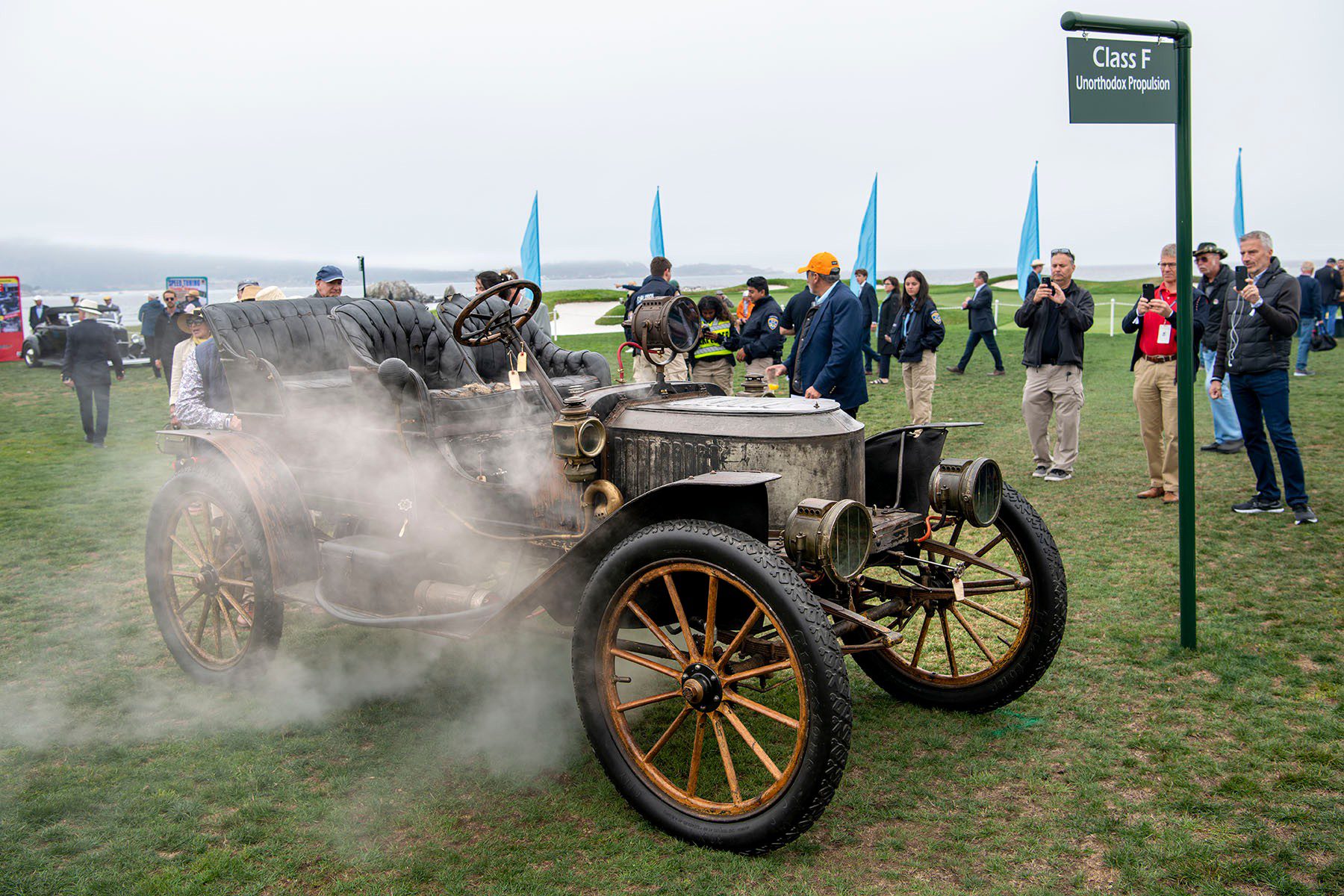

“Unorthodox Propulsion” is the last featured class that certainly was entertaining for those fortunate enough to see one of these vehicles start or run. In the case of a 1904 Stanley “Steamer,” one had to wait for the water to reach boiling before steam could be seen, signifying “all systems go.” Others used gas turbines, coal, and hybrid electric systems as propulsion.
This year’s class winner went to the silent electric-powered 1907 Columbia Mark XIX Surrey owned by Mark Hyman.



And while each of these classes certainly provided unique examples of the world’s best, only one Best of Show trophy is awarded to what the judges claim to be the most elegant car on the 18th fairway. When the confetti flew, a 1932 Duesenberg J Figoni Sports Torpedo of Lee R. Anderson Sr. took top honors, becoming the first American-built winner since 2013. Justifiably so, Mr. Anderson stated, “We’ve been doing this for years, and we’ve come close in the past, but we’ve never won. All the preparation—the story behind this car is just amazing.
There’s only one Figoni Duesenberg, and it’s this one right here. So, it’s like all these things coming together to make a real champion. We’re so excited.”

Here at Sports Car Digest, we congratulate all those who participated in North America’s most prestigious Concours and look forward to doing it again next year.
Pebble Beach Concours d’Elegance ®, Pebble Beach Tour d’Elegance Presented by Rolex ®, and Pebble Beach Golf Links ® are registered trademarks, all rights reserved.




